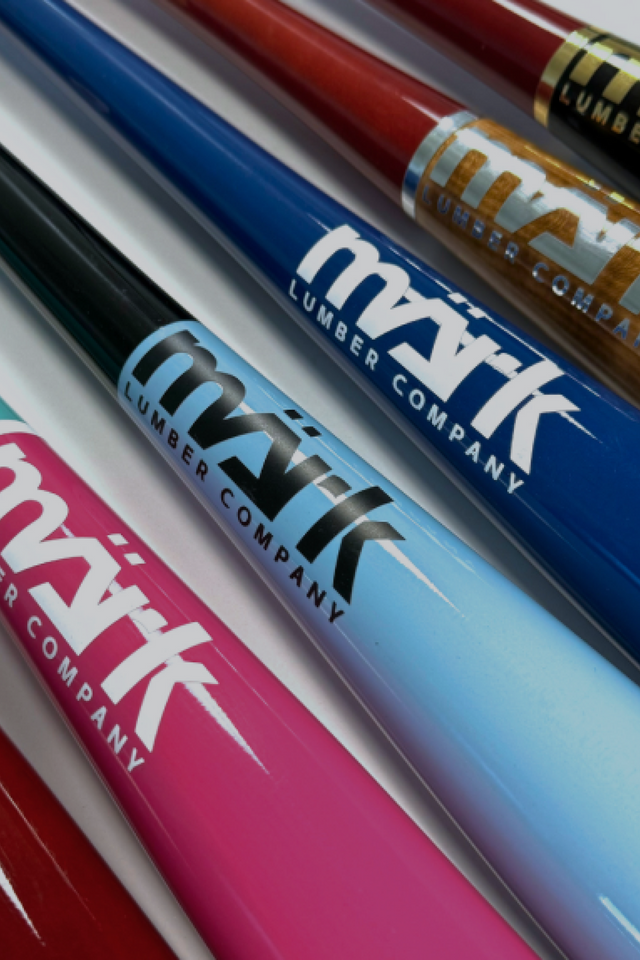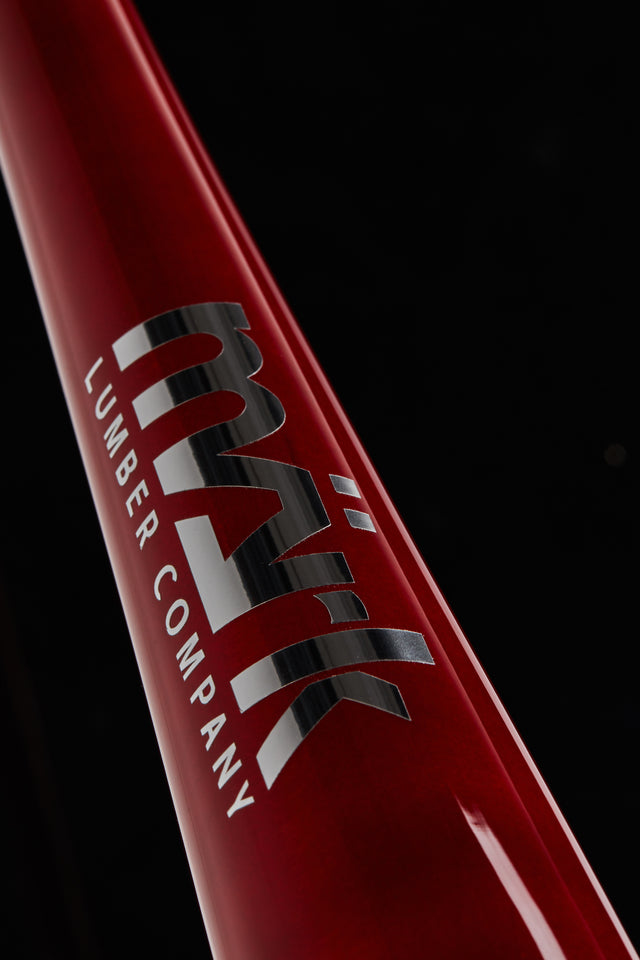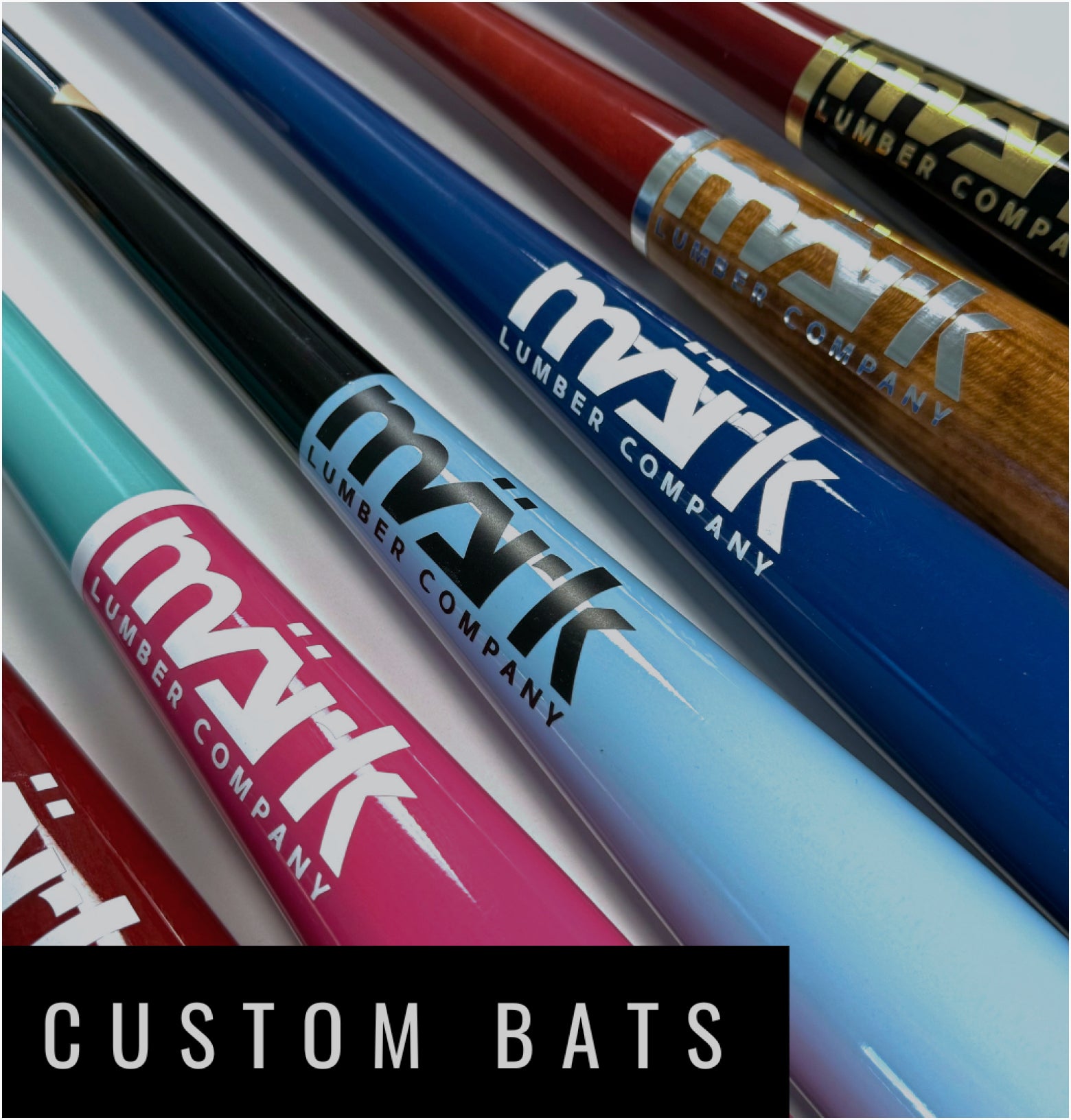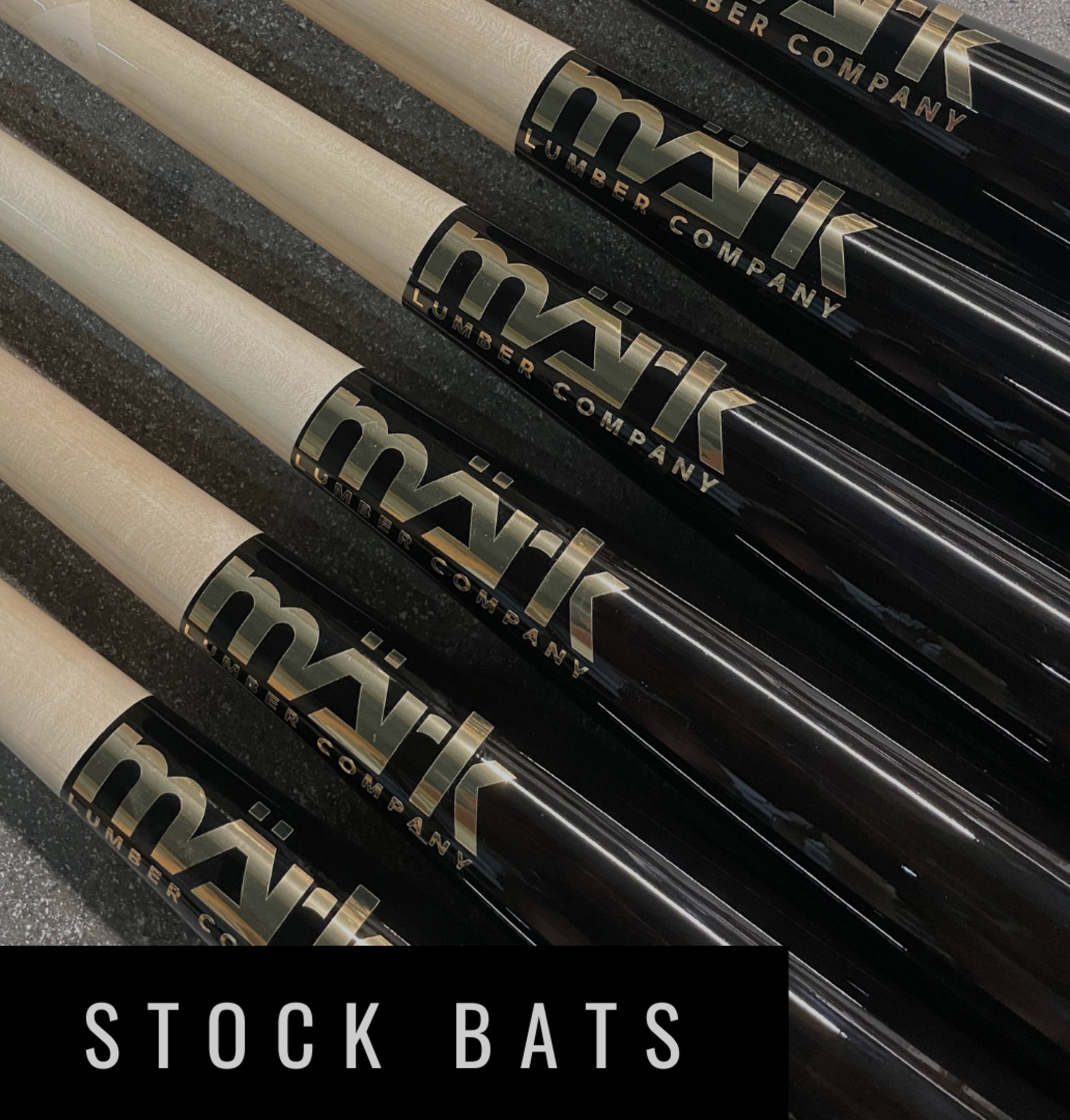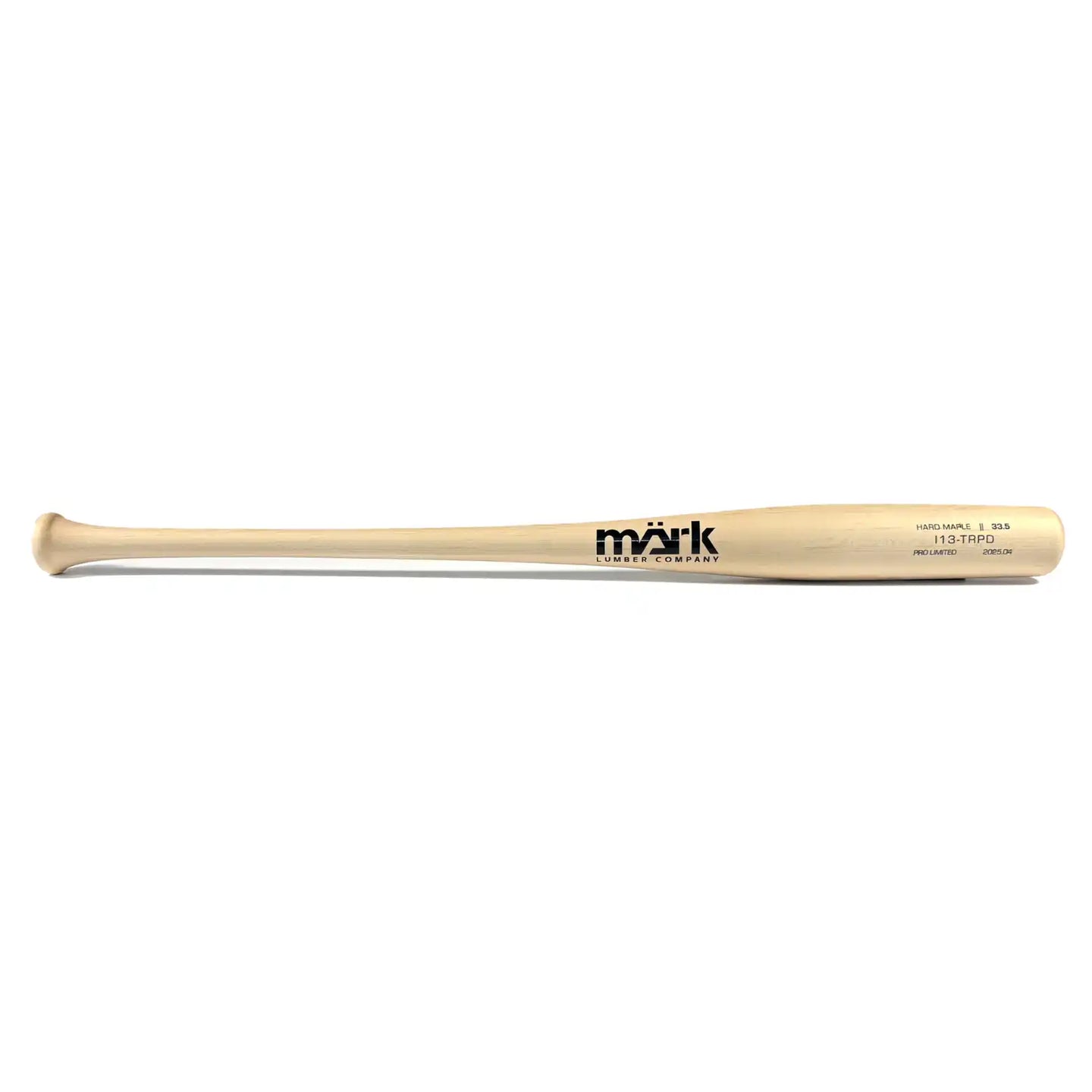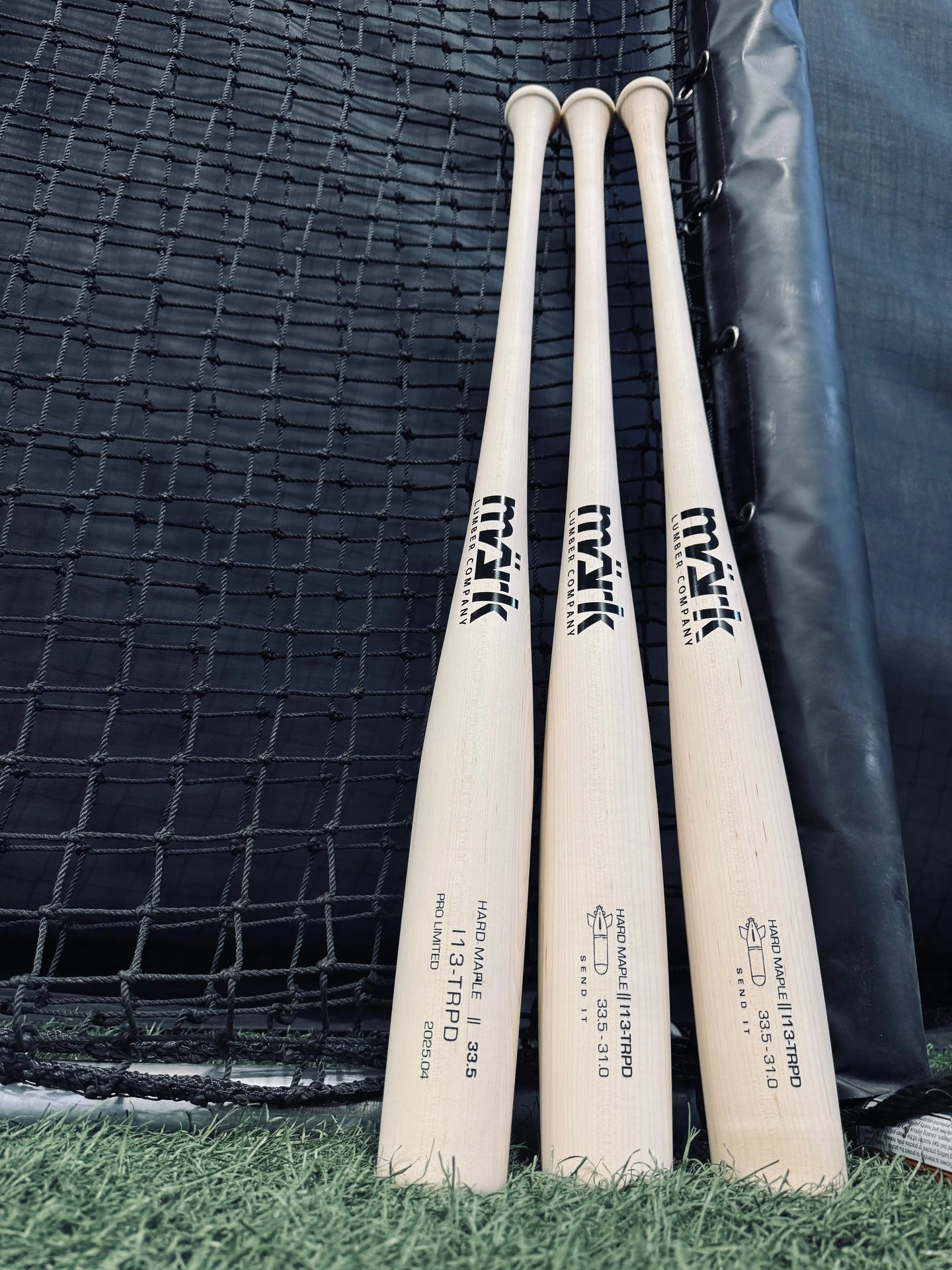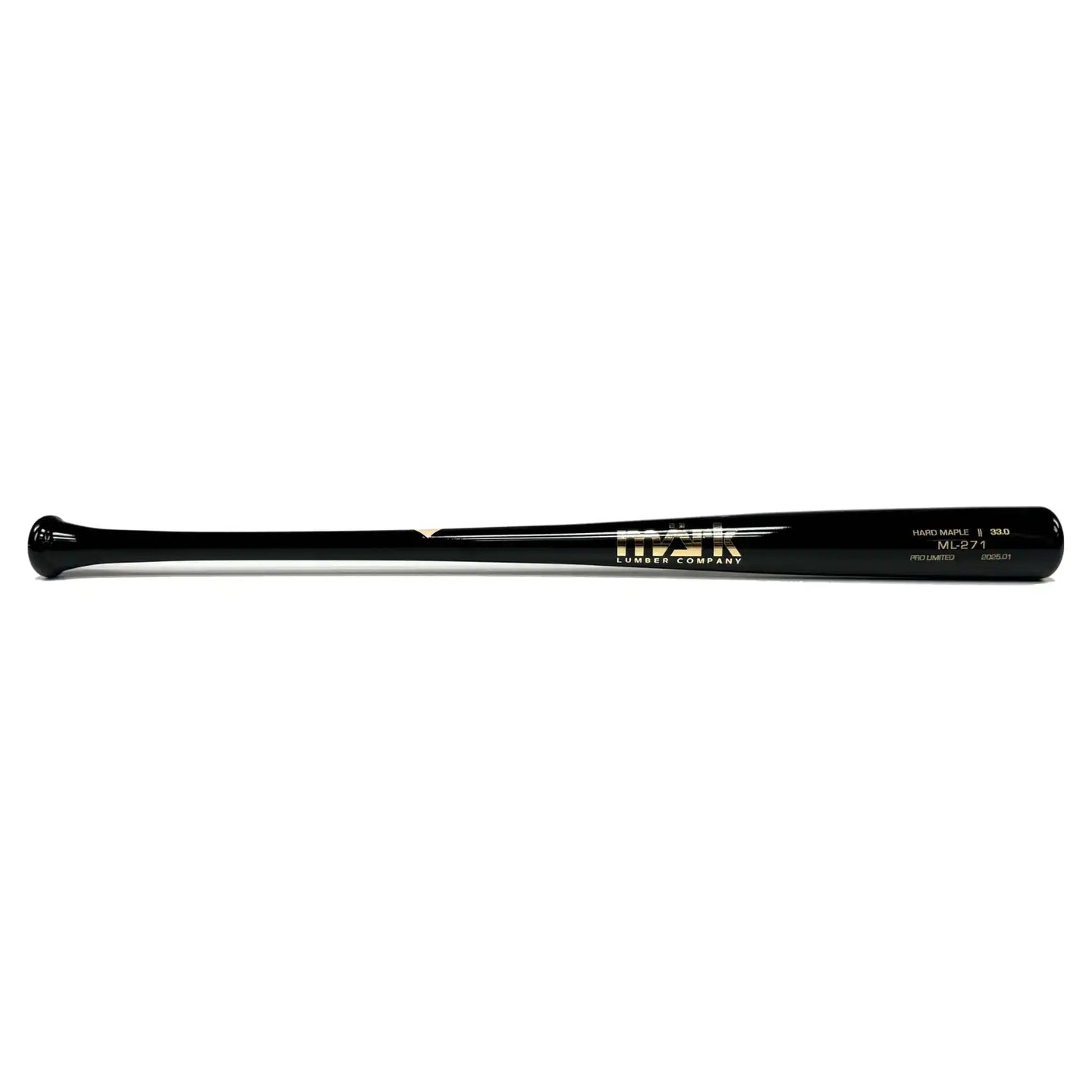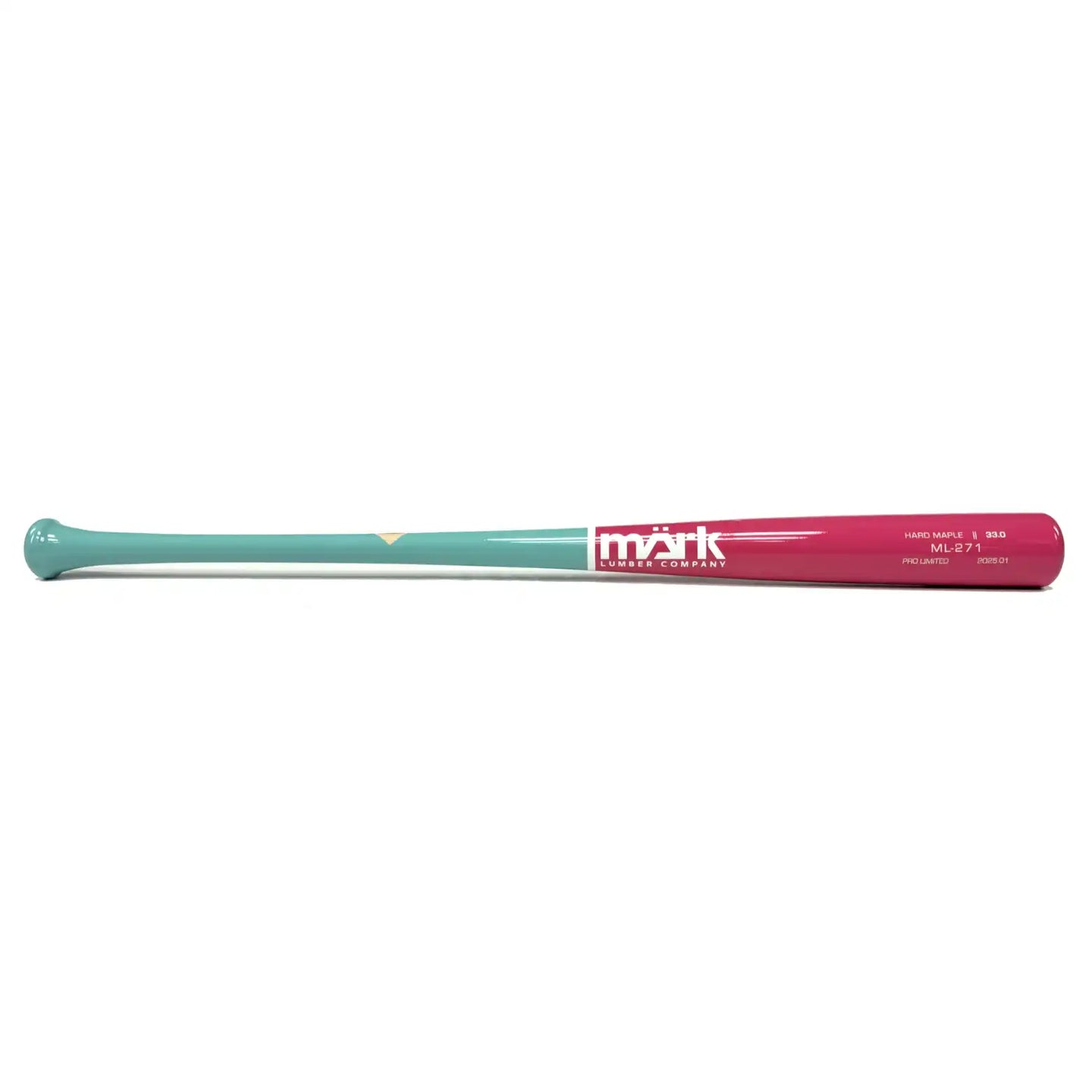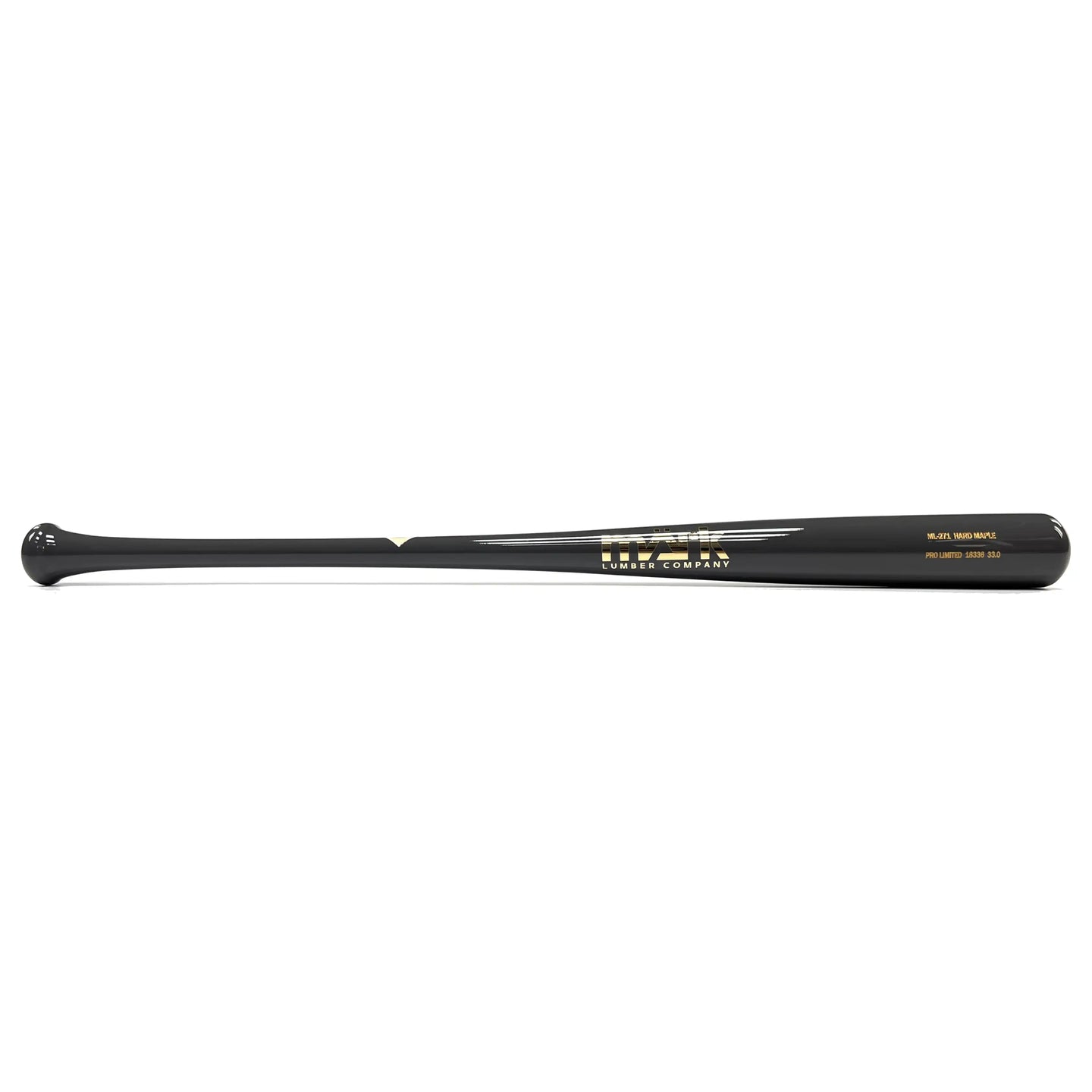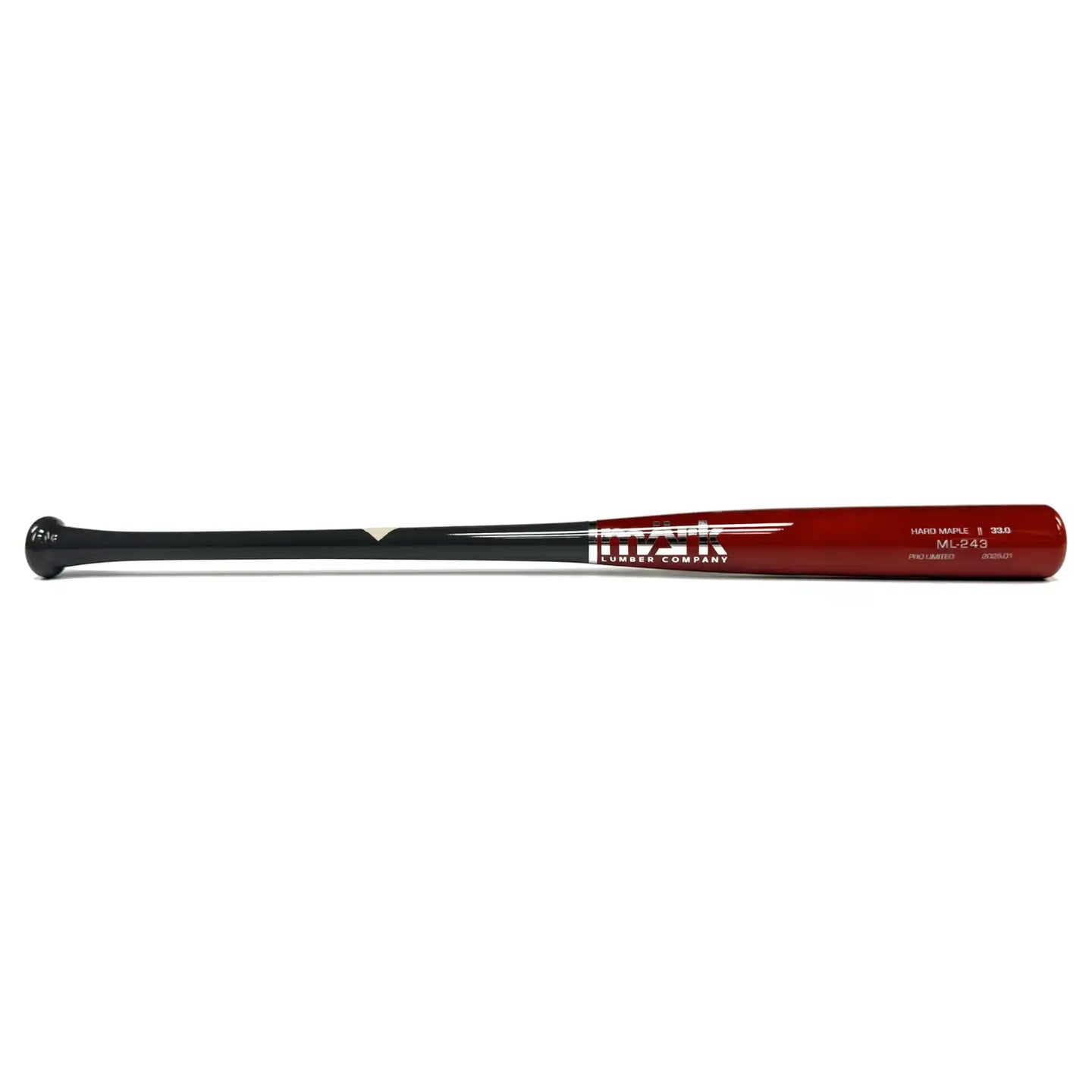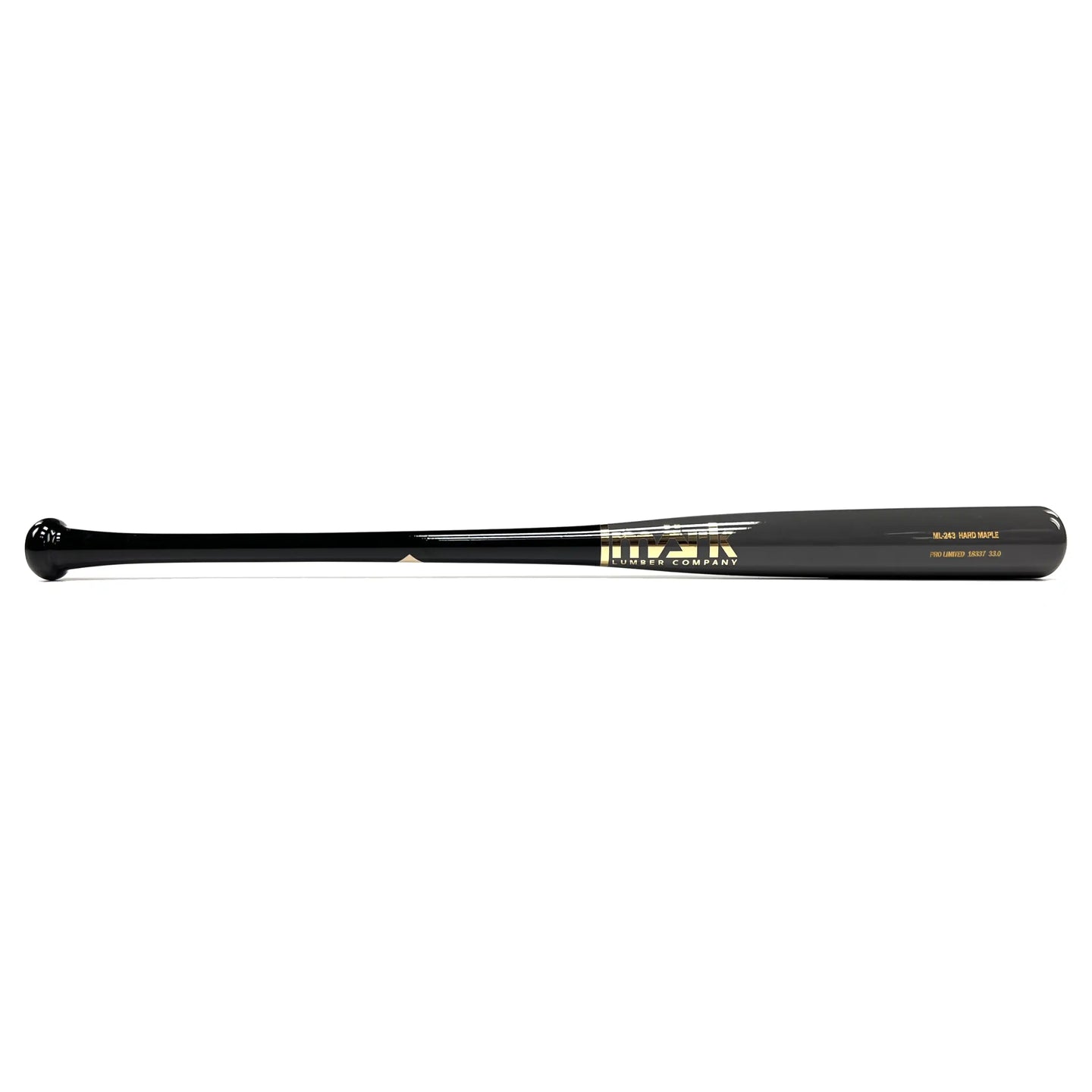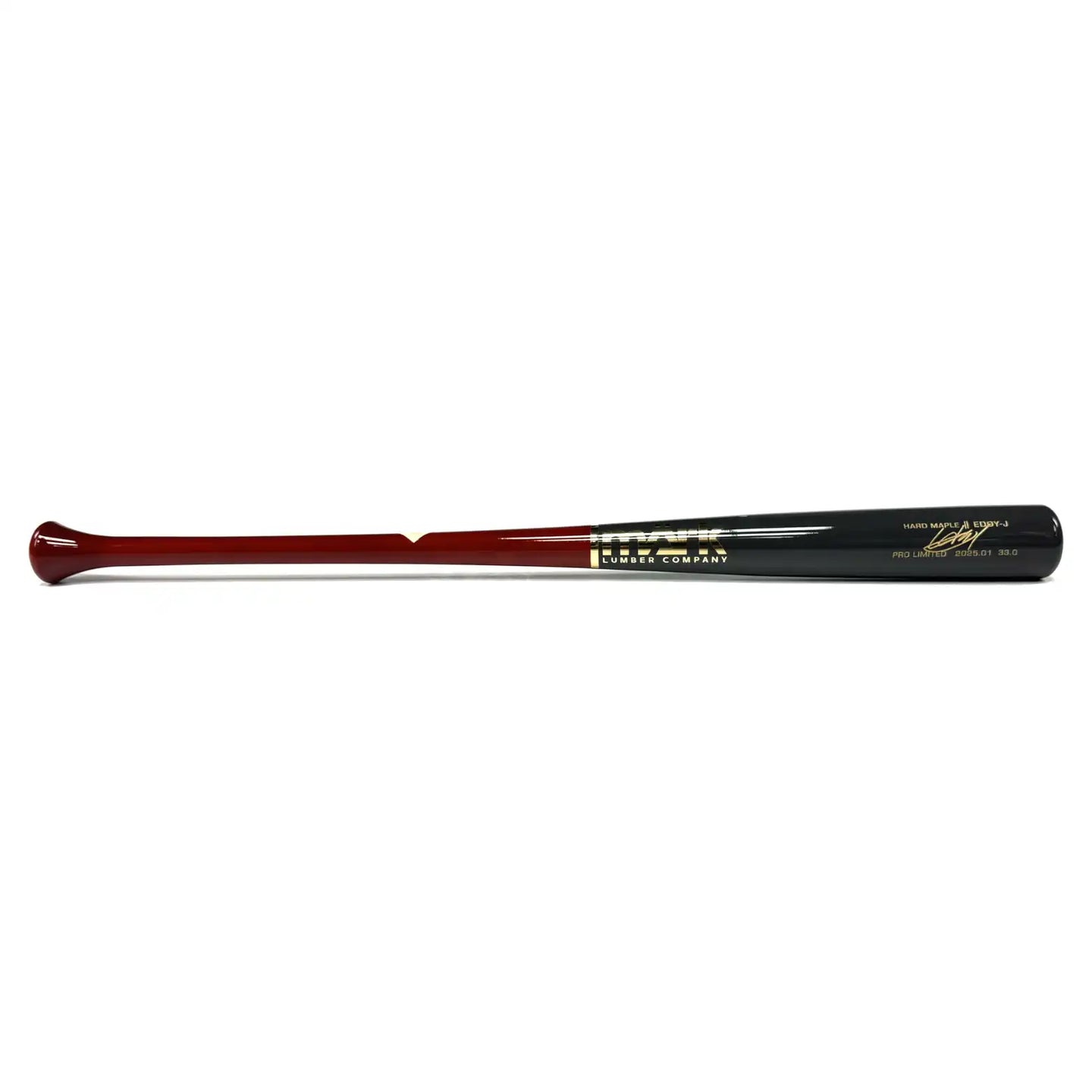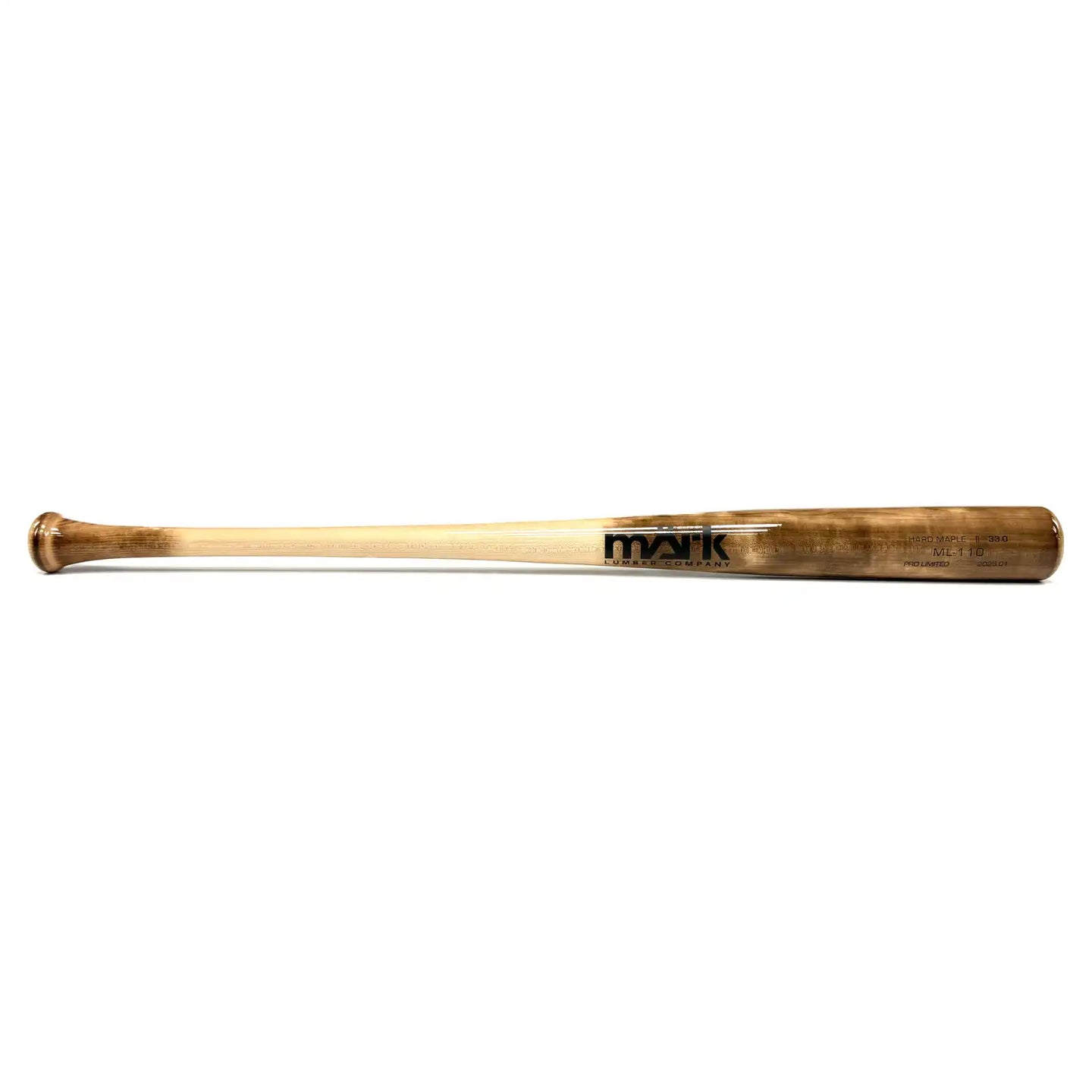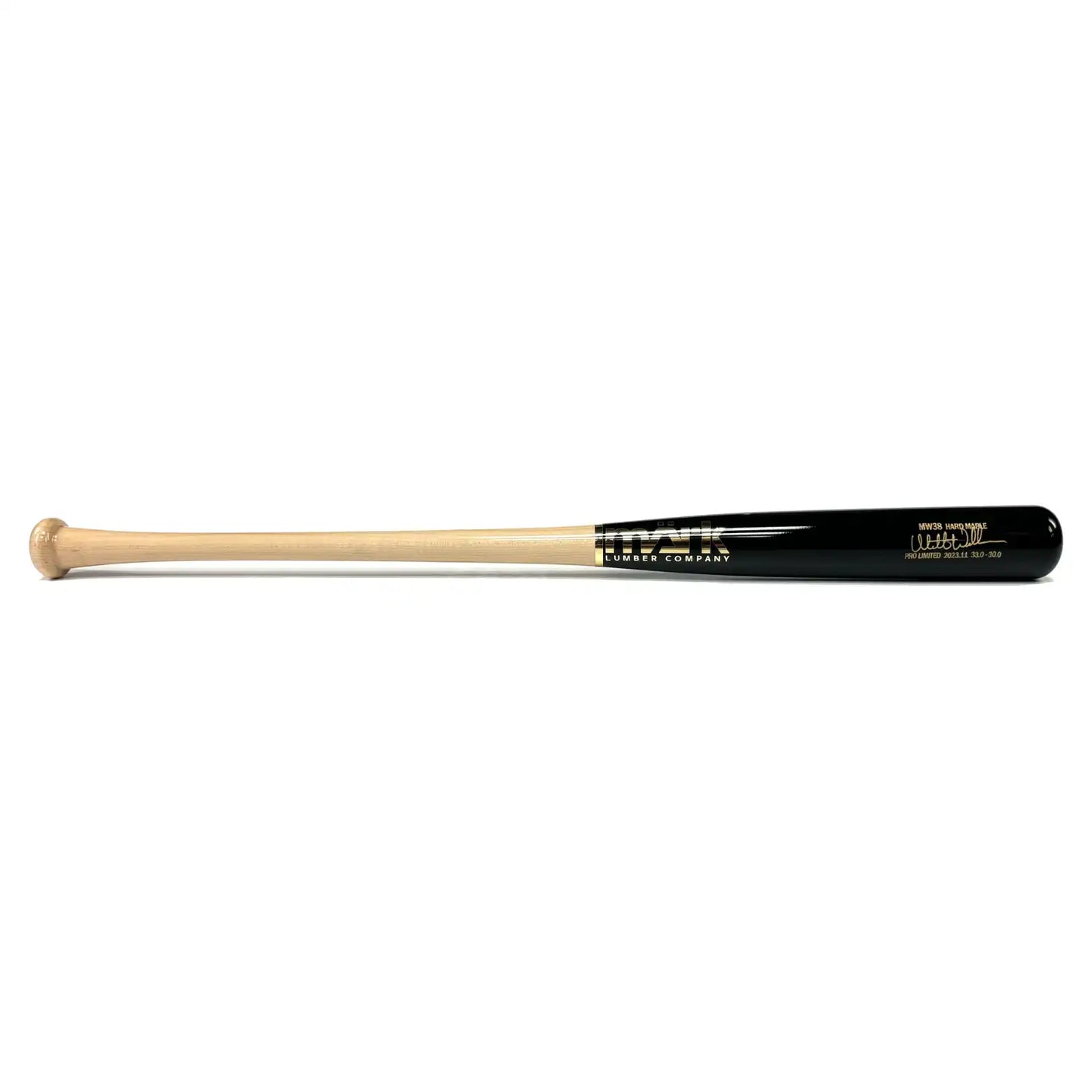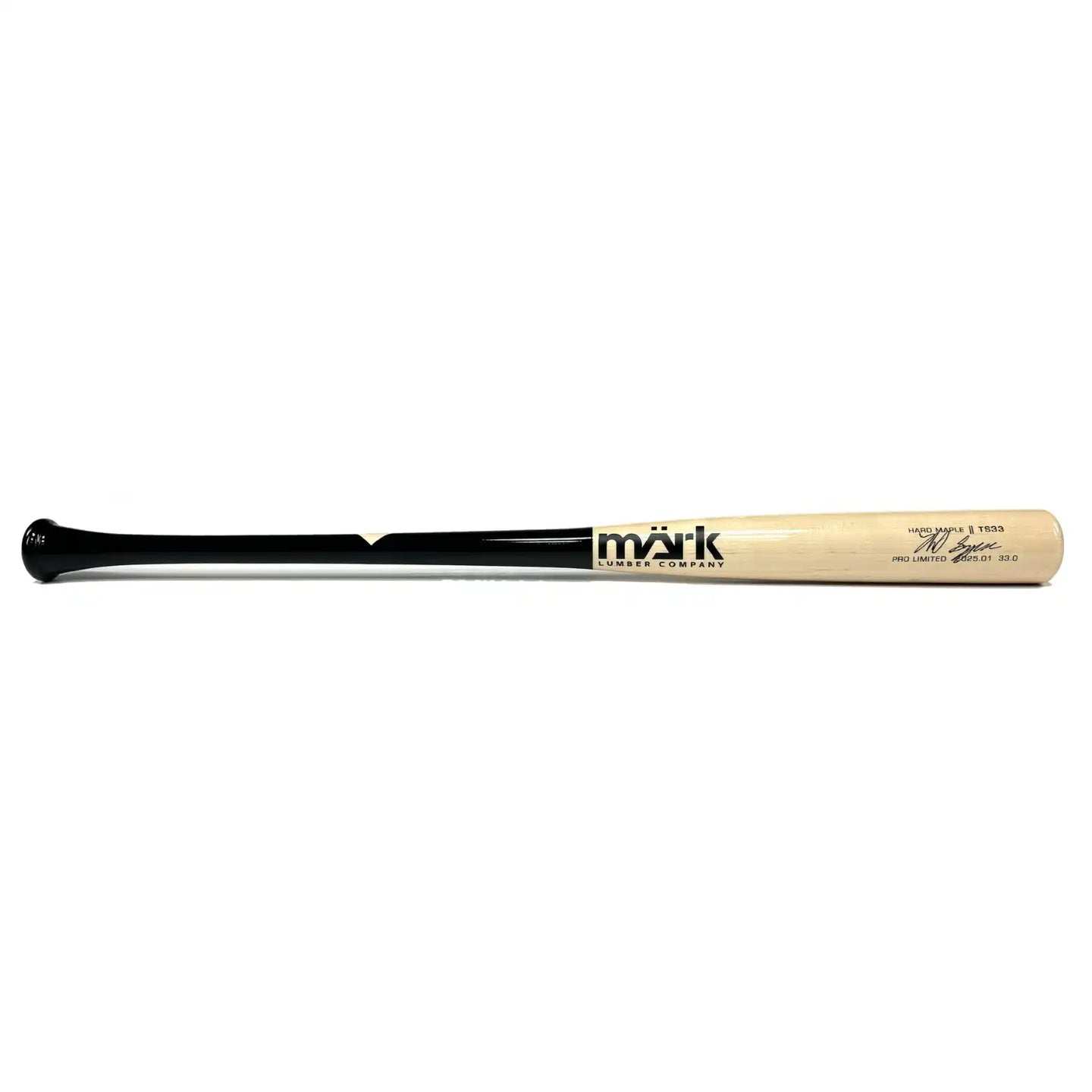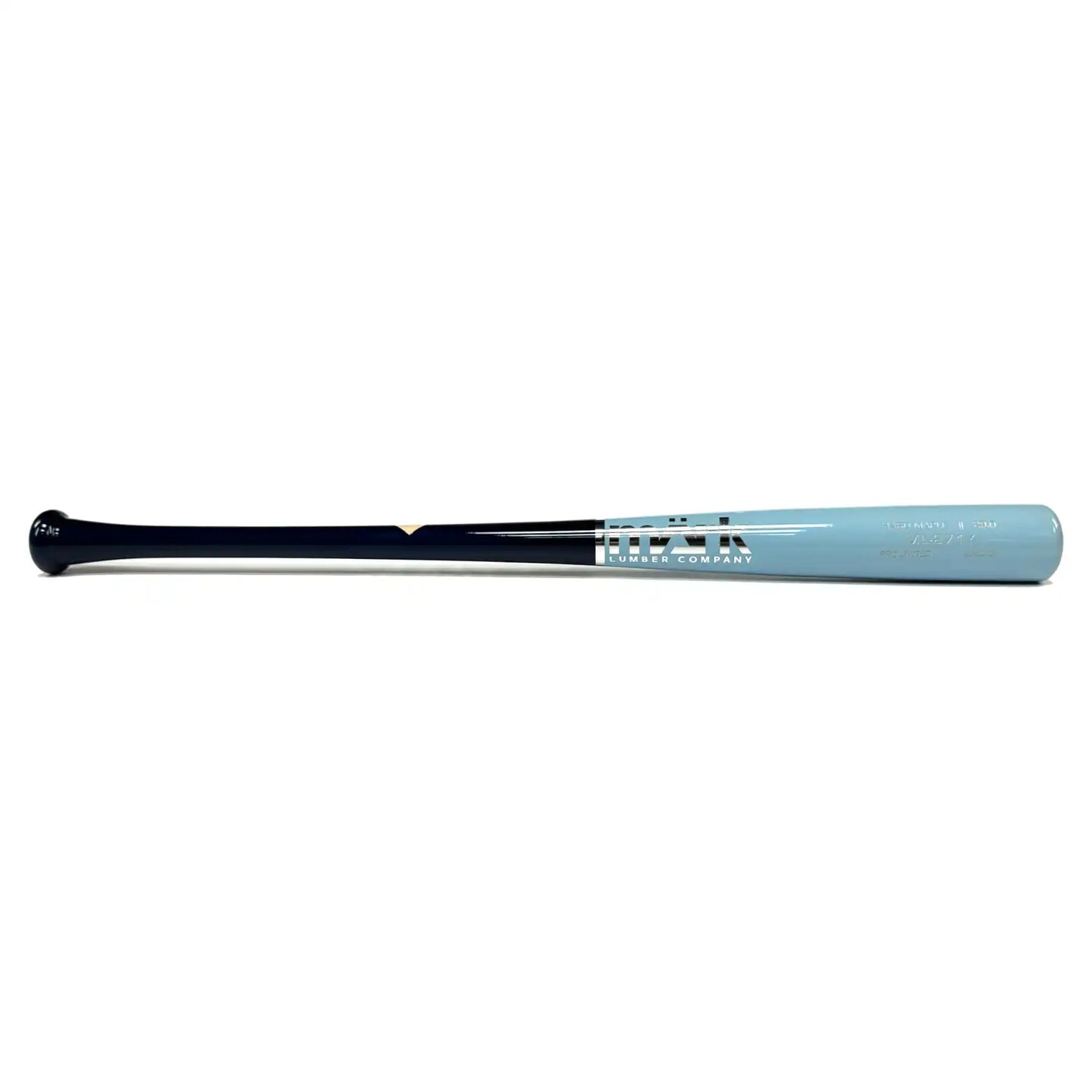
How to Play Baseball – A Basic Review of the Rules of Baseball

Baseball is a bat-and-ball game played by two teams that alternate between batting and fielding. Offensively, the goal is to reach base and circle four bases—first, second, third, and home—to score runs. Defensively, the team on the field tries to record three outs each half-inning through strikeouts, catches, tags, and force plays. For families and new players, understanding youth baseball rules is the easiest way to see how these fundamentals adapt at beginner levels.

How Does Baseball Work? – Understanding the Rules of Baseball
A standard game has nine innings (youth formats may use six or seven). Each inning has a top and a bottom: the away team bats first; the home team bats second. Every half-inning ends after three outs. The pitcher throws toward the strike zone; the batter can swing or take. Four balls award first base; three strikes record an out. On contact, the ball is either foul (generally a strike unless two strikes) or fair (live). In addition, youth baseball rules often shorten innings, introduce coach pitch, or use mercy rules to maintain pace and safety.
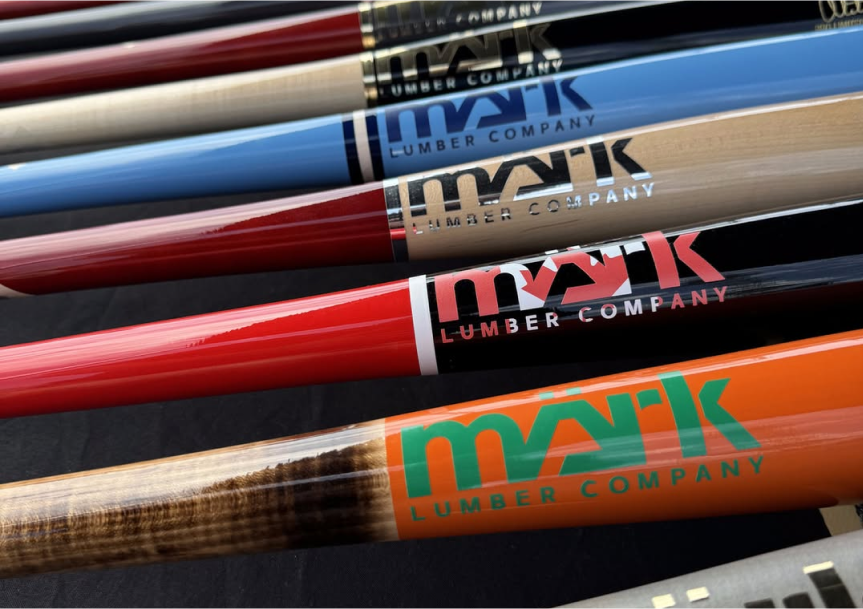
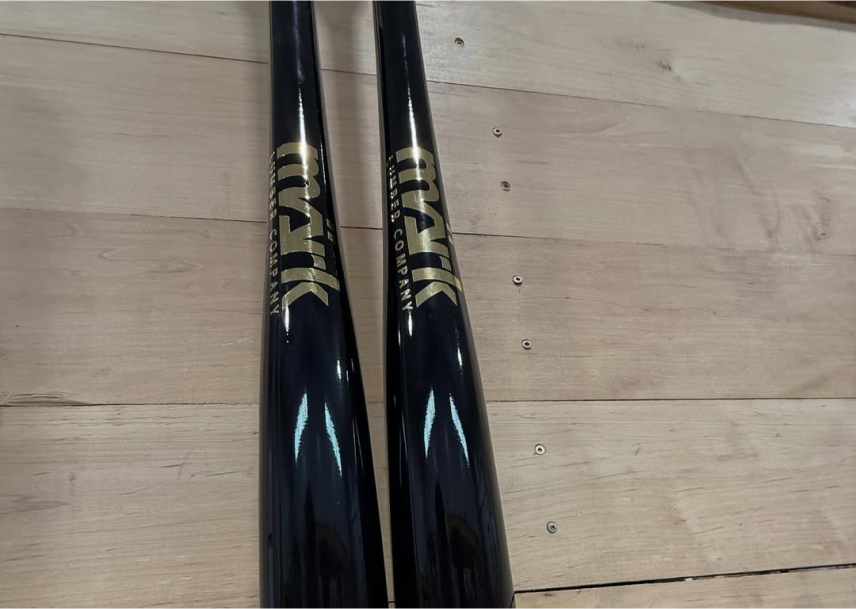
Baseball Positions Explained
Nine defenders take the field: pitcher, catcher, first base, second base, shortstop, third base, left field, center field, and right field. Infielders handle ground balls, force plays, bunts, and cutoffs; outfielders track fly balls, cut off gaps, and prevent extra bases. The pitcher controls tempo and location; the catcher receives, blocks, and leads communication. Middle infielders turn double plays and cover steals; corner infielders manage hard-hit liners and bunts. Center field often calls off teammates on close flies. Learning these positions is part of both official and youth baseball rules.


How Does Baseball Work? – Understanding the Rules of Baseball
A standard game has nine innings (youth formats may use six or seven). Each inning has a top and a bottom: the away team bats first; the home team bats second. Every half-inning ends after three outs. The pitcher throws toward the strike zone; the batter can swing or take. Four balls award first base; three strikes record an out. On contact, the ball is either foul (generally a strike unless two strikes) or fair (live). In addition, youth baseball rules often shorten innings, introduce coach pitch, or use mercy rules to maintain pace and safety.

Baseball Positions Explained
Nine defenders take the field: pitcher, catcher, first base, second base, shortstop, third base, left field, center field, and right field. Infielders handle ground balls, force plays, bunts, and cutoffs; outfielders track fly balls, cut off gaps, and prevent extra bases. The pitcher controls tempo and location; the catcher receives, blocks, and leads communication. Middle infielders turn double plays and cover steals; corner infielders manage hard-hit liners and bunts. Center field often calls off teammates on close flies. Learning these positions is part of both official and youth baseball rules.
How to Play Baseball – Step-by-Step Game Flow
Here’s a simple step-by-step flow of how baseball works:
- Pitcher delivers; batter chooses to swing or not.
- Outcomes: strike, ball, foul, or ball in play.
- On a fair, uncaught ball, the batter runs to first; runners advance.
- Defence makes the easiest out of force, tag, or catch.
- Offensive uses strategies: sacrifice bunt, steal, or hit-and-run.
- Three outs end the half-inning; teams switch.
- Beginners improve fastest with routines: warm-ups, ready positions, smart base running, and clear calls.


Scoring in Baseball – What Is an Inning, How Do You Score?
A run scores when a player legally touches first, second, third, and home before the third out. Offences build runs in two ways: a single powerful hit (extra-base hit or home run) or a series of simple, well-executed actions—walks, singles, steals, bunts, and sacrifice flies. Defence counters with positioning, quick releases, and cutoffs to the proper base. Youth baseball rules sometimes use mercy rules to keep games fun and safe when scores separate too far.


How to Play Baseball – Step-by-Step Game Flow
Here’s a simple step-by-step flow of how baseball works:
- Pitcher delivers; batter chooses to swing or not.
- Outcomes: strike, ball, foul, or ball in play.
- On a fair, uncaught ball, the batter runs to first; runners advance.
- Defence makes the easiest out of force, tag, or catch.
- Offensive uses strategies: sacrifice bunt, steal, or hit-and-run.
- Three outs end the half-inning; teams switch.
- Beginners improve fastest with routines: warm-ups, ready positions, smart base running, and clear calls.

Scoring in Baseball – What Is an Inning, How Do You Score?
A run scores when a player legally touches first, second, third, and home before the third out. Offences build runs in two ways: a single powerful hit (extra-base hit or home run) or a series of simple, well-executed actions—walks, singles, steals, bunts, and sacrifice flies. Defence counters with positioning, quick releases, and cutoffs to the proper base. Youth baseball rules sometimes use mercy rules to keep games fun and safe when scores separate too far.
TORPEDO BAT
EDDY J
ML-110
MW38
TS33
ML-271 JEUNESSE 2-1/4''

Essential Baseball Equipment Basics for Beginners
Beginners need a properly sized bat, batting helmet, fielding glove, cleats, and comfortable baseball apparel. For skill development, wood baseball bats encourage sweet-spot awareness and sound mechanics with clear feedback on mishits. Coaches run efficient practices with fungo bats—they’re designed for coaches to send consistent grounders and flies without fatigue. Parents selecting youth bats should consider length, drop (many kids thrive at -10 to 12), and league rules.
Ready to gear up? Explore our full range of baseball bats to find the right fit for your game.

Beginners need a properly sized bat, batting helmet, fielding glove, cleats, and comfortable baseball apparel. For skill development, wood baseball bats encourage sweet-spot awareness and sound mechanics with clear feedback on mishits. Coaches run efficient practices with fungo bats—they’re designed for coaches to send consistent grounders and flies without fatigue. Parents selecting youth bats should consider length, drop (many kids thrive at -10 to 12), and league rules.
Ready to gear up? Explore our full range of baseball bats to find the right fit for your game.
FREQUENTLY ASKED QUESTIONS
How many players are on a baseball team?
In standard play, nine players take the field on defence: pitcher, catcher, first base, second base, shortstop, third base, left field, center field, and right field. Each defensive role contributes something essential—pitchers set tempo, catchers manage communication, infielders handle grounders and force plays, and outfielders control the gaps. Offensively, the same roster bats in a fixed order called the lineup. At beginner levels, coaches may rotate positions to build well-rounded skills and keep things fun and safe. Youth baseball rules sometimes allow smaller rosters or serve as “coach pitch” to simplify hitting. Regardless of level, teamwork, hustle, and clear communication are the most important “positions” for new players.
How does scoring in baseball work?
Teams score by advancing runners around all four bases and touching home plate before the third out. You can score with a single swing (extra-base hit or home run) or through “small ball”: walks, singles, steals, bunts, and sacrifice flies. Strategy matters—coaches might call a bunt to move a runner from first to second, then rely on a base hit to bring them home. On defence, smart positioning, accurate throws, and clean relays prevent runs. At youth levels, mercy rules may end games early to keep them safe and enjoyable. For families, think in sequences: get on base, advance smartly, and finish at home.
What equipment do you need to play baseball?
Beginners typically need a properly sized bat, a NOCSAE-approved batting helmet, a comfortable fielding glove, cleats or sturdy athletic shoes, and breathable baseball apparel that moves well. Parents should start with fit and safety: the bat should match the child’s height and strength (length and drop working together), and helmets must sit level and snug. For skill development, wood baseball bats are excellent because they teach sweet-spot contact and reinforce good swing paths. Add a personal water bottle, batting gloves for comfort, and optional protective gear (face guard, cup), depending on youth baseball rules in your league. Coaches benefit from fungo bats—they’re designed for coaches to deliver consistent practice reps with less fatigue.
What is the difference between wood baseball bats and metal bats?
Wood baseball bats provide immediate, honest feedback. When contact is true, the feel and result are clear; when it’s off the sweet spot, players sense it and adjust, building better mechanics over time. They’re excellent for training and widely used in competitive play, including professional leagues. Metal (alloy/composite) bats can be lighter and more forgiving, which some youth leagues allow and some players enjoy for confidence. However, they can mask mechanical flaws that reappear at higher levels. Always check league rules—many youth leagues permit wood. If your priority is long-term development and repeatable mechanics, wood is a strong choice. If confidence and light swing feel are priorities, an approved alloy can help—paired with good coaching.
At what age is it best to start playing baseball?
Kids can begin learning as early as tee-ball (often ages 4–6), where the focus is on fun, safety, and very simple fundamentals: ready stance, two-hand catches, and smooth throws. As children grow, coach-pitch (typically 6–8) introduces timing and contact against a gentle, consistent delivery. Player-pitch follows as strength and focus improve. The “best” age is the one when your child is curious and excited—enthusiasm drives learning. Match equipment to their stage: properly sized youth bats, snug helmets, and an easy-to-break-in glove. Keep practices short, positive, and game-like. With supportive coaching and the right gear, kids can build confidence and coordination at any starting age.

